Understandable Electric Circuits
content
- Basic concepts of electrical circuits
- goals
- introduction
- Why study electrical circuits?
- careers in electrical, electronics, and information technology
- stages of circuit theory
- Circuits and Schematic Diagrams
- Basic schemes
- circuit diagrams (diagrams) and symbols
- Electric current
- Currently
- ammeter
- current direction
- voltage
- Voltage/EMF
- Potential Difference/Voltage
- Voltmeter
- Resistance and Ohm’s Law
- resistance
- factors affecting resistance
- Ohmmeter
- conductivity
- Ohm’s law
- Electric Intelligible
- Memory aid for Ohm’s law
- Experimental scheme of Ohm’s law
- I–V characteristics of Ohm’s law
- Transduction form of Ohm’s law
- voltage and the current reference direction
- current reference direction Voltage reference poles
- Current/Voltage Reciprocal Reference Polarity
- summarize
- Experiment: Resistor Color Codes
- Fundamental laws of electrical circuits
- targets Chapter
- Strength and Energy
- Force Reference Direction
- Kirchhoff’s voltage law (KVL)
- closed circuit
- Kirchhoff’s voltage law (KVL)
- KVL experimental protocol
- Extended KVL
- Physical Properties KVL
- Current Kirchhoff’s laws (KCL)
- Physical Properties KCL
- Complex Problem-Solving Procedures
- Some important circuit terms
- voltage source and current source
- voltage source
- Electric Intelligible
- Best voltage source
- actual voltage source
- current source
- ideal current source
- Real Current Source Number of strings in
- SI
- International System of Units (SI)
- Metric Prefix (SI Prefix) Experiment
- KVL and KKL
- Series – Parallel Resistor Circuits
- targets
- Series resistance circuits and voltage divider rule Series
- resistance series
- total series voltage
- total series resistance (or equivalent resistance)
- current series
- series action
- Voltage Distribution Rule (VDR)
- background
- Parallel Resistance Circuits and Current Divider Rule
- Parallel Resistor Circuits
- parallel voltage
- parallel current
- equivalent parallel resistance
- total parallel power
- Diverter Rule (CDR)
- understandable electrical
- Series – Parallel Resistor Circuits
- equivalent resistance Series and Parallel Analysis
- Method
- star (Y) and delta (D) configurations and their equivalents
- convert
- star delta configuration
- triangle turn star (D! Y)
- Star to Delta Conversion (Y!D)
- UK and R&D Chapter
- Use D! Y conversion to simplify money schemes
- balanced currency
- Measure unknown resistances with a balanced bridge
- Experiment: Series parallel resistance
- DC Circuit Analysis Techniques
- A voltage source, current source, and their equivalent transformation
- Source Equivalent Conversion
- series and parallel signal source
- Voltage Sources in Series
- voltage sources connected in parallel
- understandable electrical
- current sources connected in parallel
- series power supply Current situation analysis of
- branch
- Branch Circuit Analysis Request Procedure
- Analysis of the current grid
- mains current analysis application
- joint stress analysis
- Nodal Stress Analysis Application
- node voltage analysis and network current analysis
- Practice: current analysis and nodal stress analysis
- Web Collections
- superposition theorem
- introduction
- steps to apply the superposition theorem
- clear electrical diagram
- key circuit concepts that are easy to understand Chapter
- Minimum Circuit Requirements
- circuit description
- understand electricity
- Understanding Circuits
- Understanding Circuits PDF
- Basic understanding of electrical circuits
- What is CCT in electrical engineering
- Why is the circuit abbreviated as Ckt Chapter
- current circuit symbol Chapter
- Chapter
- I Don’t Understand the Electricity
- they understand electronics
- solution keys for electrical circuits
- Understanding how electricity works
- What is K in an electric circuit?
- What is an elementary electrical diagram?
- Understanding Electrical Math Chapter
- Understanding Electricity.pdf Chapter
- Chapter
- they understand electricity
- Understanding Voltage
- Understand the basics of circuits
- 3 main elements of electricity
- 3 circuit components
- 3 power elements
- 3 types of circuits
- Electric Intelligible
- Understanding Circuits for Beginners
- What is a power circuit? 4th grade
- What is a 4-wire electrical system?
- 5 main components of an electrical circuit
- 6 chain elements
- Comprehensible Circuits
- Understanding Electrical Circuits
- Electrical understanding
- Basic understanding of electrical circuits
- Understanding Electric Current
- How to understand electrical circuits
- understanding of electricity
- How to understand the circuit
Description
Download Meizhong Wang’s free eBook Understanding Electric Circuits in PDF format, available under Electric Circuit Books
